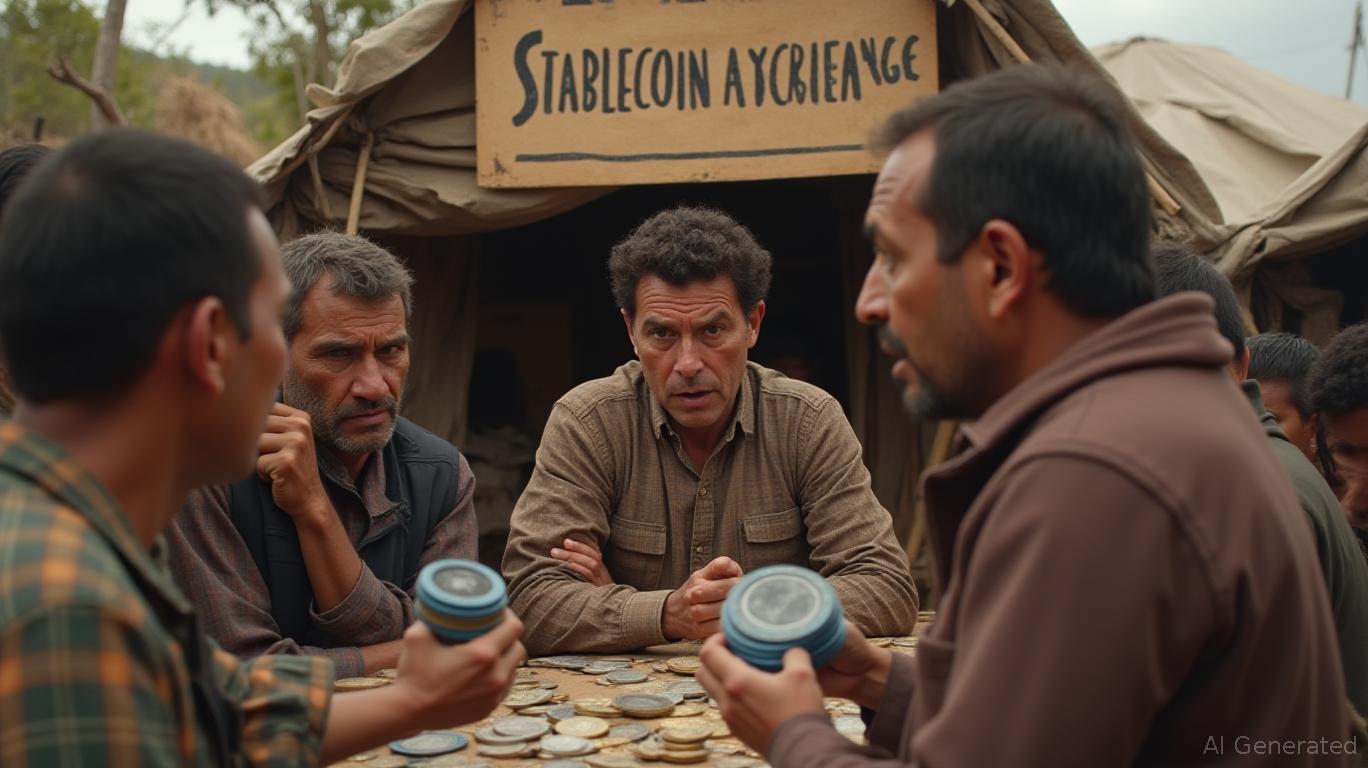Stablecoins Become a Vital Support for Bolivia’s Troubled Economy

As Bolivia’s financial crisis deepens, stablecoins have quickly become a crucial substitute for the U.S. dollar.
The use of
Bolivian regulations have rapidly adjusted to encourage this change. In June 2024, the government officially recognized “virtual assets,” allowing banks to process stablecoin transactions and guiding adoption through licensed platforms. This supportive environment has fueled swift growth: the Central Bank reported $294 million in crypto payments during the first half of 2025, a 630% jump from the $46.5 million total in 2024. Banco Bisa, the country’s largest bank, rolled out USDT custodial services in October 2024, adding legitimacy to stablecoins. The state oil company YPFB also got approval in March 2025 to use crypto in fuel imports, helping resolve major supply chain issues Toyota, Yamaha and BYD Now Accept Tether in Bolivia Amid … [ 4 ].
Bolivia’s political future will heavily influence the fate of digital currencies in the country. The run-off election on October 19 will see Rodrigo Paz Pereira’s Christian Democratic Party—who supports blockchain for transparency and anti-corruption—compete against Jorge “Tuto” Quiroga’s Freedom and Democracy alliance, whose crypto policy is still unclear. Experts believe the winner will determine if Bolivia continues its stablecoin integration or reverts to tighter controls USDT Adoption Surges in Bolivia Fueled by Tether and Banks [ 5 ]. Bolivia’s experience mirrors a regional trend: Chainalysis data reveals Latin American crypto usage rose from 53% in 2024 to 63% in 2025, with $415 billion in digital asset transactions from July 2024 to June 2025. Countries like Argentina and Venezuela, facing runaway inflation, have also adopted stablecoins to protect against unstable local currency Toyota, BYD, and Yamaha Now Accept USDT Payments in Bolivia, … [ 6 ].
Bolivia’s transformation highlights the expanding influence of stablecoins in emerging economies, functioning as both a means of payment and a safeguard for value. The country’s swift move from banning crypto to embracing it underscores digital assets’ potential in addressing financial instability. However, ongoing risks include regulatory ambiguity, transaction errors on blockchain, and the reliability of custodians. As Bolivia’s businesses and consumers adapt, the use of USDT in sectors like automotive sales signals stablecoins’ increasing importance as a financial lifeline during times of crisis Toyota, Yamaha, BYD Accept Tether Payments in Bolivia as USD … [ 7 ].